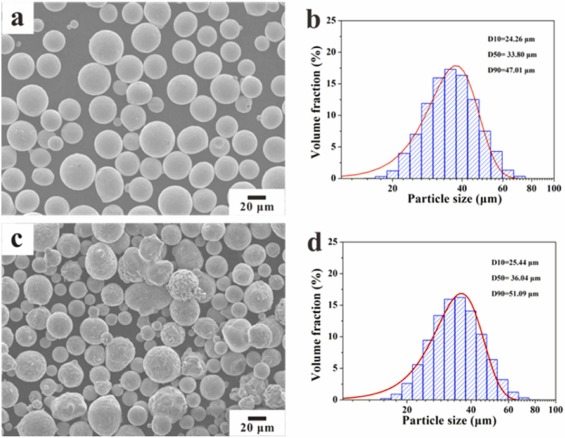Abstract
In this work, the NiCr-Cr3C2 3 C 2 coatings with different Cr3C2 3 C 2 contents were prepared via high-speed laser cladding. The relationships between the composition, microstructure, and high-temperature tribological properties in fluoride molten salts were systematically studied. The results suggest that with the increase of Cr3C2 3 C 2 content, the friction coefficient tends to decrease and stabilize, while the wear rate initially decreases and then increases. Especially for the coating with 60 wt% Cr3C2, 3 C 2 , it exhibits a favorable tribological performance mainly due to the enhanced hardness imparted by Cr3C2, 3 C 2 , with an average friction coefficient of 0.12 and a wear rate of 2.78 x 10-6-6 mm3/Nm. 3 /Nm. However, the coating experiences delamination damage at 70 wt% Cr3C2 3 C 2 content, leading to an increase in wear rate.

Keywords Plus:CORROSION BEHAVIOR,PROCESS PARAMETERS,WEAR BEHAVIOR,CR3C2 CONTENT,MICROSTRUCTURE,CHROMIUM,STEEL,GENERATION,MECHANISM,NICKEL
Published in TRIBOLOGY INTERNATIONAL,Volume200;10.1016/j.triboint.2024.110150,DEC 2024


